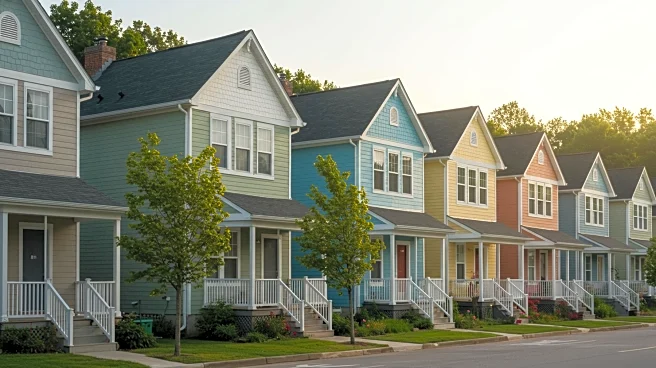Rapid Read • 7 min read
Several U.S. housing markets, previously considered undervalued, are experiencing increased attention from home buyers and investors. According to Realtor.com, median existing home prices rose by 2.4% annually to $418,300 in Q2 2025. The South leads in housing supply, with over 50% of new and existing home listings. Markets like Oklahoma City, Des Moines, Ocala, Kansas City, and Hollywood are heating up due to factors such as strong job markets, affordable living costs, and infrastructure development. Oklahoma City, for instance, has seen average home values rise from $155,000 to over $205,000 in five years, driven by downtown development and families relocating from high-cost states.
AD
The growing popularity of these undervalued markets reflects broader trends in the U.S. housing sector, where affordability and lifestyle upgrades are key drivers. As buyers are priced out of major cities, they are turning to these emerging markets for better value and quality of life. This shift is attracting both local and out-of-state investors, boosting demand and potentially leading to further price increases. The development of recession-proof industries and cultural renaissance in cities like Des Moines enhances their appeal, drawing talent and investment. The trend highlights the importance of strategic investment in infrastructure and amenities to sustain growth and attract new residents.
As these markets continue to gain traction, further investment in infrastructure and commercial development is expected. This could lead to increased property values and rental demand, benefiting investors and homeowners. The focus on affordable housing and lifestyle improvements may drive more families and retirees to these areas, contributing to population growth and economic development. Real estate experts anticipate continued interest from investors seeking stable cash flow and long-term growth potential. The evolving dynamics in these markets may also influence broader housing policies and investment strategies across the U.S.
AD
More Stories You Might Enjoy











